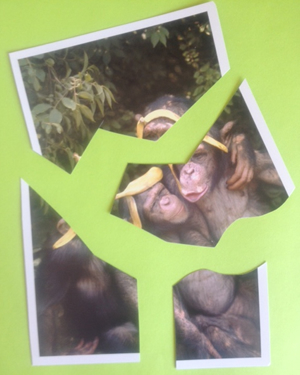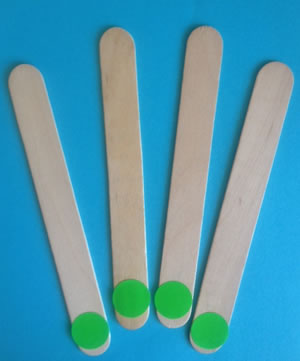• Self-regulation and the executive function
• Organizational skills
• Independence
• Responsibility
• Time management
• Technology skills
• Consideration of classmates
• A sense of accomplishment
• Classroom community
• Integrate math and language skills in a practical way
Group work can also add variety and balance to the academic rigors of the typical school day. And, remember, working in a group is like everything else. The more the students do it, the better they will become at working with friends toward a common goal.
THINGS TO CONSIDER WHEN DOING TEAM WORK
Boundaries - Think about what rules and limits you need to set. Tell them what your expectations are before they begin. You could also ask the students to suggest appropriate behavior. Cruise the room while the children work to offer support or intervene if there is a problem.
Materials - What supplies will the groups need? What do you need to provide and what should they be responsible for?
Time - How long should the group project take? With the short attention span of younger students it needs to fit their interests. Older students could have projects that take longer to complete.
Space - What seating arrangement will be most conducive? Children can put their desks in a pod (4 together), sit at a table, work on the floor, etc. They could also work in the hall, go to the library, go outside, or use other creative spaces.
Size – Four seems to be the most appropriate number for group work. (Groups of 2 or four are more conducive for social interaction than odd numbers.)
Roles - It might be helpful to assign roles, such as the supervisor (leader), secretary (takes notes), reporter (shares information), and cheerleader (team member who encourages).
Hint! To enable different students to have leadership roles, you could have a “lucky draw” for these positions. Write “supervisor,” “secretary,” “reporter,” and “cheerleader” on jumbo craft sticks. Place in a can, shake, and then let team members chose a random role.
Grouping Strategies - There are several different ways to create groups.
• Children could number off from 1-6 (divide the number of students in your class by four to come up with the number) and then ask all the ones to form a group, the twos, etc.

• Take old greeting cards and cut them into four puzzle pieces. Children select a puzzle piece and then try to match it up to form their group.

• Pick Sticks – Put like stickers, letters, shapes, colors, etc on jumbo craft sticks. You will need four of each one. Pass out the sticks and then call out sticker, number, shape, or color and children form groups accordingly.
• Team for a week - Another option might be to assign a group of students based on skills or other attributes to work as a “team” for a week. They could rotate through centers and do other activities all week long.
SO WHAT? Well, you'll just have to come back tomorrow to see all the "possibilities" for children to learn and have fun with their peers.


